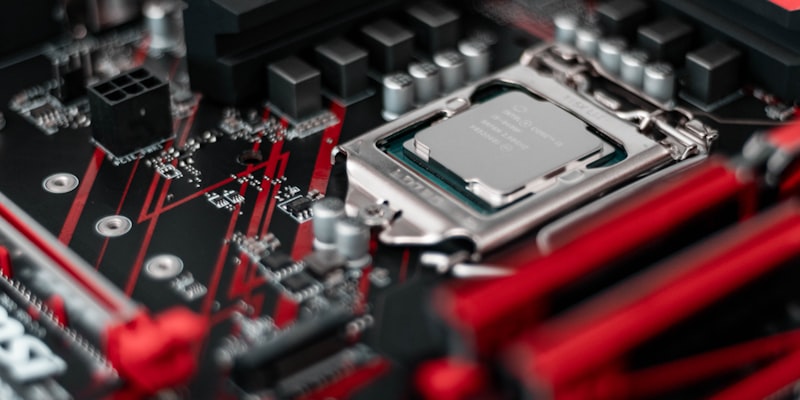Pragmatic Thinking and Learning: Three takeaways
07 May 2020 #books #learningThis books sits between learning and programming. It’s like a learning guide for developers. Well, it’s more than that.
“Pragmatic Thinking and Learning” starts with an expertise model, moves to an analogy of how the brain works until how to capture new ideas and organize your learning.
Since learning is the best skill to have, this book is valuable and worth reading. You will find helpful tips for your learning and your everyday work. For example, always keep a piece of paper with you to note ideas and prefer ink over memory. At the end of each chapter, there are exercises to add into your routine and practice daily.
Expertise model
You aren’t a novice or an expert at everything. You are in different stages per skill.
- Novices: They don’t know how to respond to mistakes. They only want to achieve an immediate goal. They need a recipe.
- Advance Beginners: They try tasks on their own. They don’t have a big picture yet. They start to incorporate advice from past experiences.
- Competent: They can create mental models of the problem domain. They troubleshoot problems on their own. They can mentor and don’t bother experts so much.
- Proficient: They want to understand concepts. They can correct previous tasks and perform better next time. They know when to apply principles in context.
- Expert: They work from intuition. They know which details to focus and which details to ignore.
“Once you truly become an expert, you become painfully aware of just how little you really know”
Let the R-mode be free
Roughly speaking, the brain is a single-bus dual-core processor. Only one CPU can access memory banks at a time.

Our brain works in two modes: linear mode (or L-mode) and rich mode (or R-mode). Coursera Learning How to Learn course calls these two modes: focus and diffuse mode. You need these two modes to work together.
The L-mode is rational and the R-mode is asynchronous.
The L-mode or focus mode works when you are actively studying a subject. You’re sitting in front of your computer or a textbook figuring out the details of that subject.
But, the R-mode or diffuse mode works when you are away from the subject you’re studying. Have you woken up with the solution to a problem you left at work the day before? Have you come up with a solution in the shower? That’s the R-mode or diffuse mode.
Since most of the thinking happens away from the keyboard, let the R-mode be free:
- Use metaphors
- Put something head-up. Look at your problem from a different perspective. Try to come up with 3 or 4 ways to cause deliberately the problem you are debugging.
- Try oblique strategies. For example: for musicians, how your composition will sound from outside a room? On a dark room? For developers, how would your library look like once is finished? How would someone use it?
- Change your routine
- Go for a walk. Have you seen children playing to not to step on tree sheets on the floor? the floor is lava? That’s the idea.
Bonus
- Have one engineering log. Trust ink over memory
- Breathe, don’t hiss. Know when to temporary step away from your problem. Sometimes you only need to sleep over it.
- Trust intuition but verify
- Consider the context. There’s intention behind mistakes.
- Prefer aesthetics. Strive for good design, it really works better. It might remind you of well-crafted and well-packed expensive cellphones and laptops.
- Have always something to keep notes. You don’t know where you will be when your next idea will show up.
- Learn something by doing or building. Instead of dissecting a frog, build one.
Happy thinking and learning!